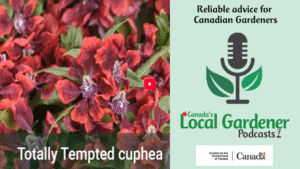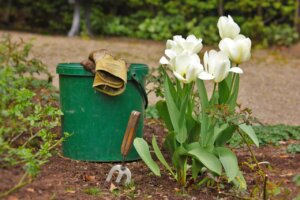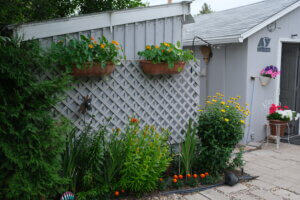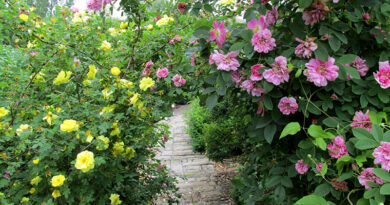About Sunflowers

1. Sunflowers for Ukraine.
Sunflowers grow well in Ukraine, owing to its hot dry summers. The flower was widely planted by Peter the Great in the 1700s, and by 1830, it was pressed into commercial production of sunflower oil. When the Orthodox Church did not prohibit sunflower oil along with most other oils during Lent, the popularity was secured. The flower is recognized as a national symbol of Ukraine, and the status has solidified during the conflict with Russia.

2. Sunflowers in their pockets.
A video has gone viral of a Ukrainian woman giving a Russian soldier sunflower seeds to put in his pockets so that they will grow where he dies. The soldier wasn’t impressed, but the Twittersphere has been.
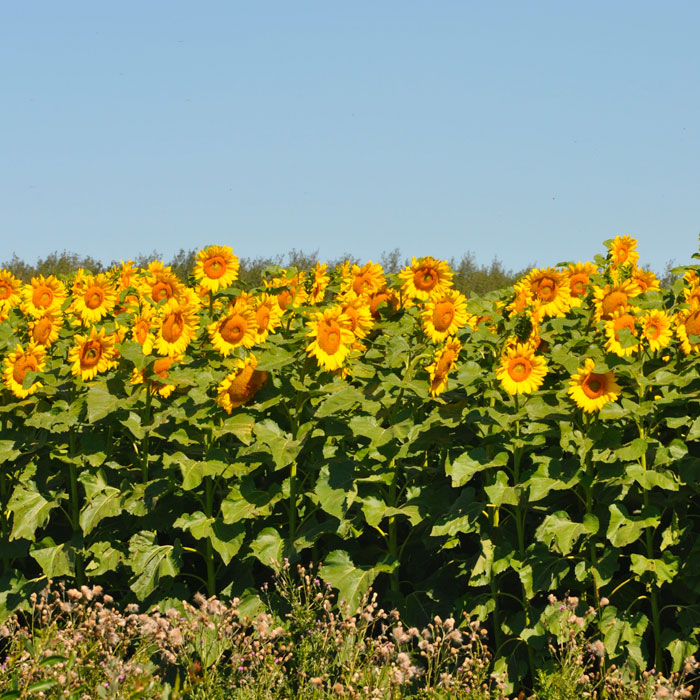
3. North American native.
Sunflowers hail from North and Central America. There is evidence that they have been domesticated since 2100 BCE and it is thought that they’ve been in cultivation for as long as 5000 years for oil production.
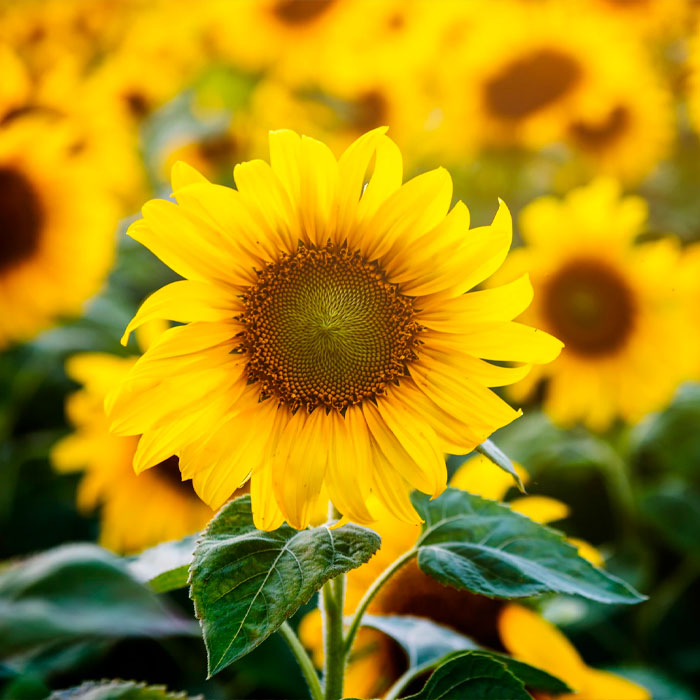
4. Back to North America.
Bizarrely, growing sunflowers in Canada and the US became popular for more recent generations with Ukrainian and Russian immigration—they brought the flower with them!
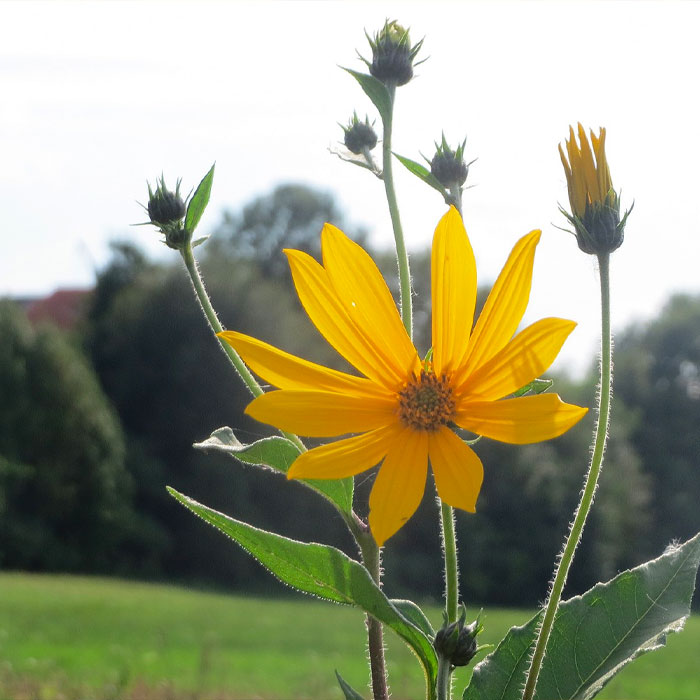
5. Annuals and perennials.
When you think of sunflowers, you probably picture the annual tall golden daisy flower also known as Helianthus annuus. There are around 70 different species of Helianthus, though, both annual and perennial. One of the best-known perennial species is H. tuberosus, the Jerusalem artichoke.
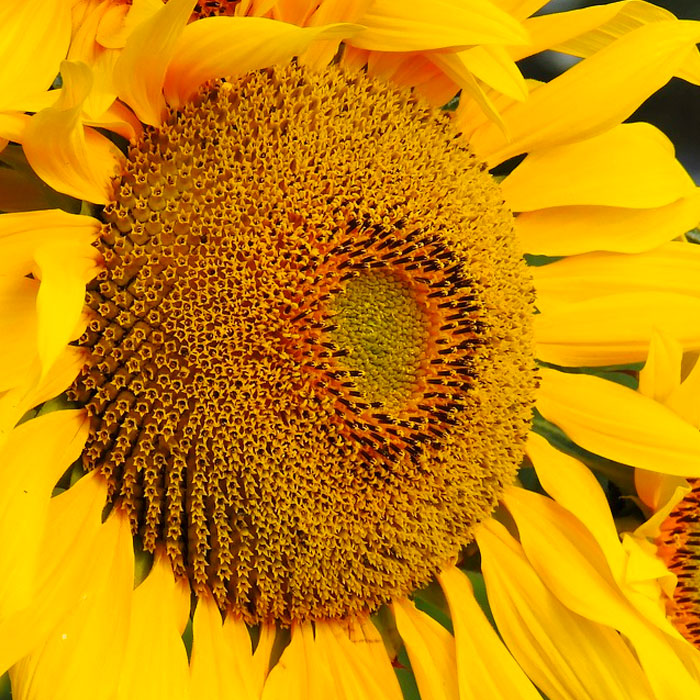
6. How many flowers?
What we consider one sunflower is actually tens or hundreds of flowers. The central disk is made up of these flowers or florets. All daisy-style flowers are like this.
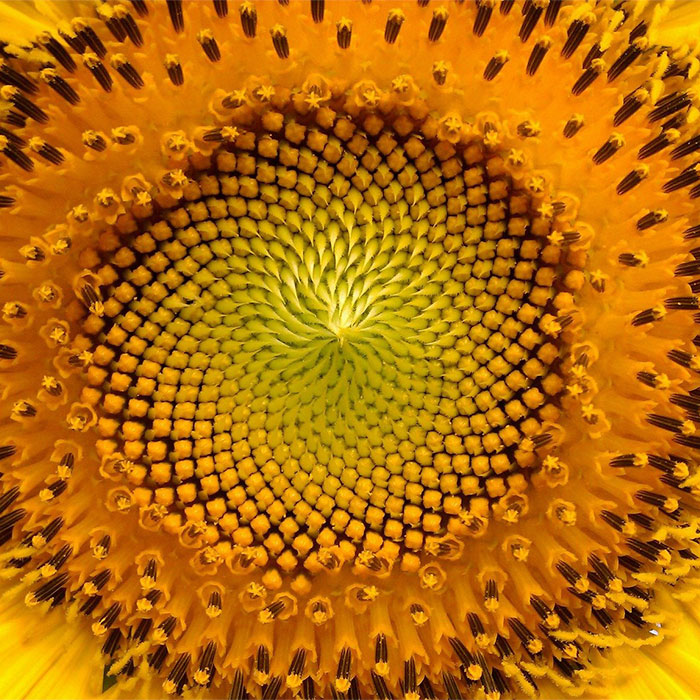
7. Fibonacci sequence.
The number of florets is not random. The spirals formed follow a Fibonacci sequence. The first few numbers of a Fibonacci sequence are 0, 1, 1, 2, 3, 5, 8, 13, 21, 34. Each number (after the first 1) is the sum of the two previous numbers. I haven’t wrapped my mind around how that relates to the spirals, but for the advanced mathematically inclined, here is a video on YouTube.
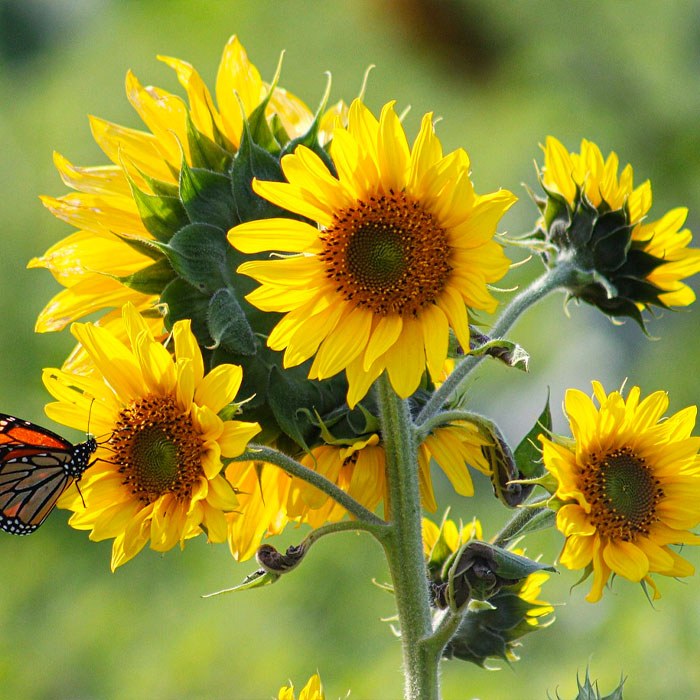
8. Heavy metals.
Sunflowers are used in phytoremediation of soil. They can process heavy metals polluting soil, including lead, arsenic, zinc, chromium, copper and manganese. They were used at the site of the Chernobyl nuclear disaster for clean up.
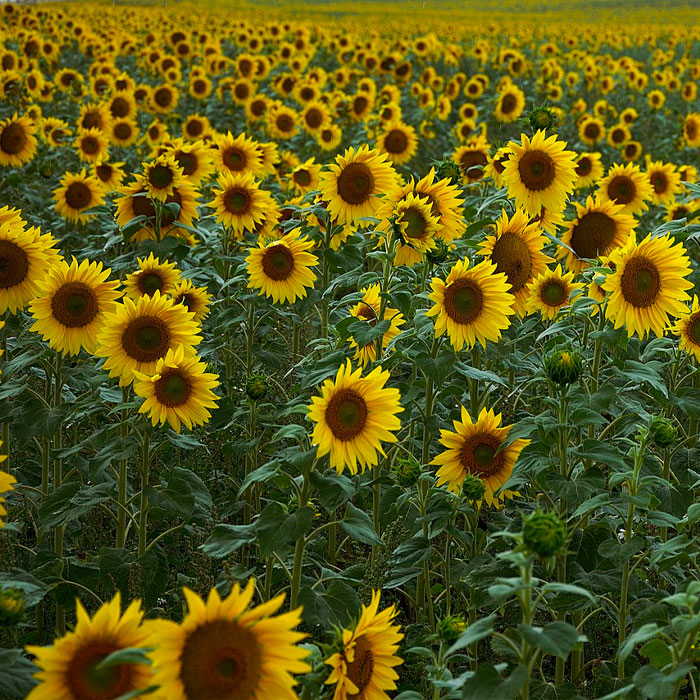
9. Heliotropic.
Just like winter-weary Canadians, sunflowers turn their faces toward the sun before they open up and for a short time thereafter. This is thought to be to collect warmth because pollinators prefer warm flowers. Having them all face the same direction makes sunflower fields particularly photogenic.
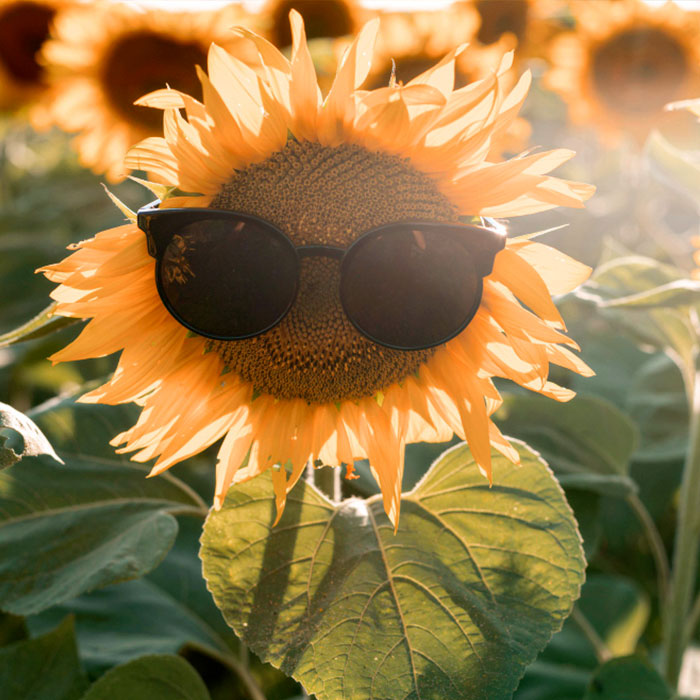
10. Get your seeds now.
People across Canada and around the world are planning to plant sunflowers this year to show support of Ukraine in their struggles. Nothing could be simpler than popping a few seeds about ½ inch into the soil in a sunny spot after the last frost date. The seeds will germinate within two weeks.
– Shauna Dobbie Copyright©
Pegasus Publications Inc.




